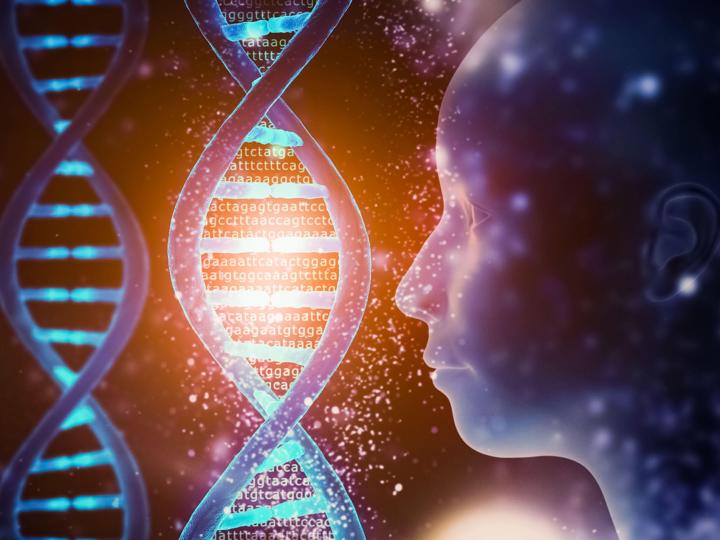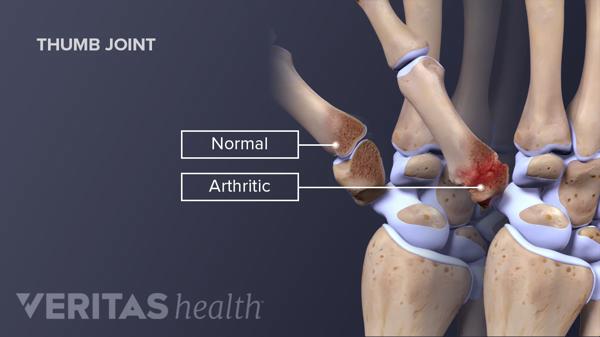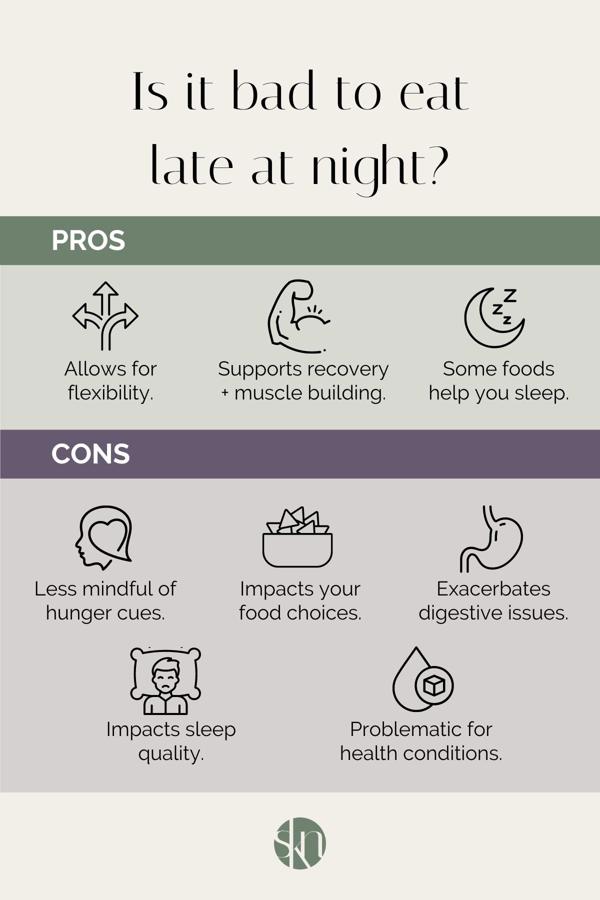Do Humans Only Use 20% of Their DNA?
Exploring the Myths and Realities of Human DNA Usage

Frequently Asked Questions
The 80% of non-coding DNA is crucial as it plays significant roles, including regulating gene expression, maintaining chromosome structure, and contributing to the overall complexity and functionality of the genome.
Scientists employ advanced techniques like genomics, CRISPR, and bioinformatics to study regulatory elements and their role in gene expression, allowing for a more comprehensive understanding of DNA and its many functions.
Step by Step Guide
1
Understanding DNA Basics
Start by learning about DNA as the chemical structure that contains our genetic information. DNA stands for deoxyribonucleic acid and it is made up of sequences of nucleotides. Each nucleotide consists of a sugar, a phosphate group, and a nitrogenous base. Human DNA is organized into genes that code for proteins, and genes are found on chromosomes.
2
The Origin of the 20% Myth
Investigate the origins of the idea that humans only use 20% of their DNA. This myth may stem from early neuroscientific claims about brain usage combined with a misunderstanding of genetic function. Clarifying this point helps dispel misconceptions about the functioning of our DNA.
3
What 'Non-coding' DNA Means
Learn about non-coding DNA, which doesn't code for proteins and was previously referred to as 'junk DNA.' While only a small portion of DNA is involved in protein coding, non-coding regions have important regulatory and structural roles, influencing gene expression and contributing to the complexity of organisms.
4
Analyzing the Role of Genes
Explore how genes and their expressions control a wide variety of biological processes. These genes must be appropriately turned on or off to maintain health, and many genes can be regulated by non-coding DNA, thus necessitating the function of more than just '20%'.
5
Examining Genetic Research and Findings
Dive into recent genetic research that uncovers the functions of various parts of the human genome. Recent advancements in science have unveiled the roles played by non-coding regions, demonstrating their importance in areas such as cancer research and personalized medicine.
6
Understanding the Complexity of Gene Regulation
Delve into the complexities of how genes are regulated. This involves transcription factors, enhancers, and RNA molecules that help to determine when genes are expressed. This further helps in recognizing that even if only a small number of genes are actively coding for proteins, a vast network is continuously doing its job.
7
Discussing Evolutionary Contexts
Frame discussions about DNA efficiency within the context of evolution and natural selection, noting how various functional and regulatory elements of the genome have been conserved over time. This highlights the diverse functions of DNA and why every section carries significance.
8
Insight into Genetic Variation
Acknowledge how different individuals exhibit variation in their DNA, showcasing that genes can differ in their activity levels between people, contributing to uniqueness and the adaptability of the human race over time.
9
Clarifying Misconceptions
Work to clarify misconceptions surrounding DNA usage, emphasizing that all of our DNA plays a role in forming the regulatory blueprint of our biology, pushing against the reductionist view that limits our understanding to mere percentages.
10
Conclusion: The Holistic View of DNA
Wrap up the discussion by reinforcing that humans do not just use 20% of their DNA. Explore the importance of understanding genetics as a whole, highlighting the intertwined roles of genes, regulatory elements, and their contributions to health and evolution.








